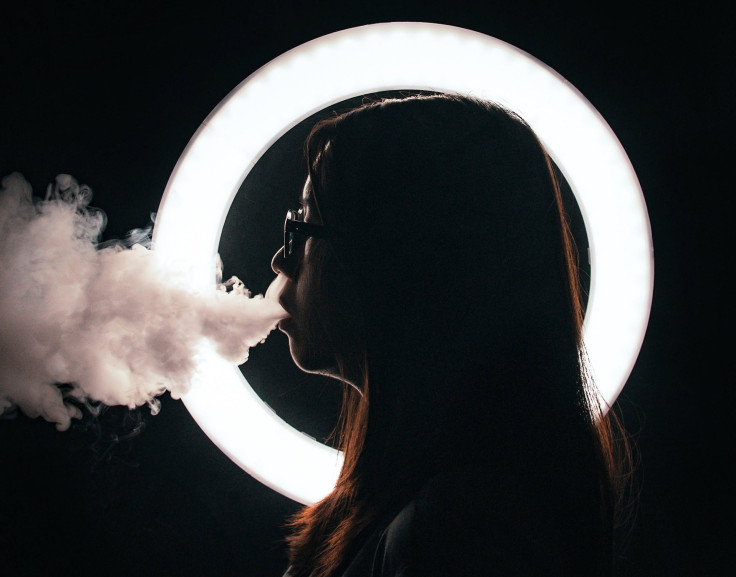E-Cigarette Ban Could Lead Users Back To Smoking Tobacco, Study Suggests

E-cigarettes (electronic cigarettes) were developed to help adults quit smoking while getting a nicotine fix. They were invented by a Chinese pharmacist named Hon Lik in 2003 and marketed the following year.
At this time, e-cigarettes were being sold as a healthy alternative to smoking cigarettes since the e-liquid generating the smoke-like vapor was alleged to contain only small quantities of nicotine. Makers of e-cigarettes claimed vaping helped cigarette smokers quit smoking.
For the past 15 years, e-cigarettes have become popular among many consumers. Teenagers have become the fastest growing segment of e-cigarettes users in the U.S. and they’re drawn to the habit by fruity flavors like cream and mango. Research has shown that flavors are absolutely crucial to attracting kids to e-cigarettes.
The U.S. is now faced with a growing teen vaping epidemic. The U.S. Food and Drug Administration (FDA) took more aggressive steps in 2018 to try to make e-cigarettes less appealing to teens following a huge surge in teen use of the vaping devices.
Juul Labs, Inc., the e-cigarette company that controls over 40 percent of the market for e-cigarettes in the U.S., is now expressing regrets for whatever harm its product is causing American teens.
To limit the harm its e-cigarettes inflict on teens, Juul has removed from the market fruity flavors like strawberry, raspberry, lemon, mango and banana teens love.
A new study, however, suggests banning flavors and lowering nicotine levels in e-cigarettes is a strategy that might backfire. The new thinking now is that without flavors, many vapers will vape less and smoke more tobacco cigarettes, said the study.
"Some regulations on e-cigarettes, like making safer batteries, would benefit the general public," said study author Lauren Pacek. She's an assistant professor of psychiatry and behavioral sciences at Duke University School of Medicine in Durham, N.C.
Reducing nicotine might prompt adults to limit or quit e-cigarettes and smoke more tobacco cigarettes, argues Pacek.
This new study funded by the U.S. National Institutes of Health (NIH) saw Pacek and her team do an online survey of 240 young adults aged 18 to 29 who used both e-cigarettes and tobacco cigarettes.
Participants were asked what they would do if the sale of flavored e-cigarettes were limited; if e-cigarettes didn't contain nicotine, and if they couldn't adjust the amount of nicotine or the temperature of the vapor.

If nicotine was not in e-cigarettes, 47 percent of participants said they wouldn't use them as often and would smoke more tobacco cigarettes.
If the ability to customize e-cigarettes was no longer available, 22 percent said they would use e-cigarettes less and smoke tobacco cigarettes more. Some 17 percent said if e-cigarette flavors were limited to tobacco and menthol, they would do the same.
Pacek said the FDA is now looking at reducing the level of nicotine in tobacco cigarettes to a very low level. She said it's possible that if nicotine was reduced in tobacco and e-cigarettes, people would seek their nicotine fix elsewhere.



























